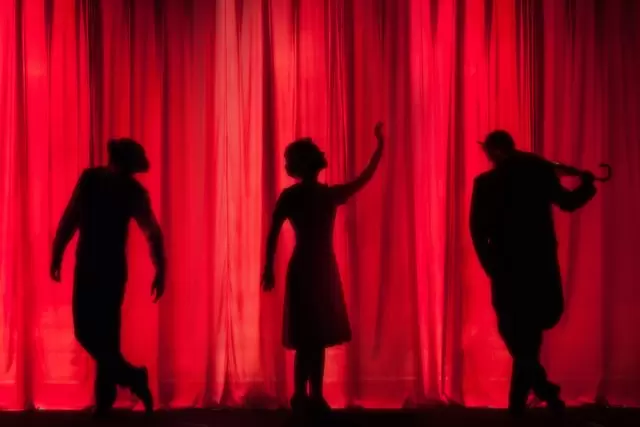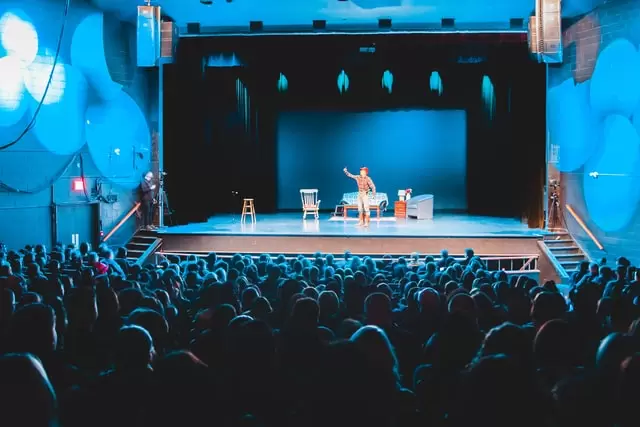Improvisation is useful in our speeches, in answering surprising questions or in business and private life. What are its rules? Is it worth learning about?
What is Improv? What is improvisation?
An improvisation is a form of spontaneous reaction to the circumstances and situations in which we find ourselves. You may know improvisation from jazz clubs, when, after playing the theme (main melody) of a jazz standard, subsequent musicians compose a melody that matches the chords of a given piece on an ongoing basis. Other forms of improv are recently popular clubs and improv performances, such as Improtheater (my favorite one) or the Zurich Improv Comedy. Such performances rely on a few actors having a topic thrown by the audience and constantly inventing scenes, dialogues and characters. Okay, but why are you writing this to me, if I’m not an actor or a saxophonist with an unshaven beard? Improvisation is useful in many situations in life, not only on stage
Benefits of learning to improvise
- Greater self-confidence in social and business situations
- Lightness in answering unexpected questions from the audience during public speeches
- The ability to develop quick decisions
- Embracing change and uncertainty (oh, who likes it ?!)
- Learning how to deal with the critic and make mistakes
- Becoming a better observer and listener
- Learning to follow someone (a bit like dancing)

How to practice improvisation?
When you see people who feel like fish in water, answering questions from the audience or performing on stage and creating scenes live, you might think: they are naturally gifted and thus self-doubt will penetrate your whole being? You may be surprised, dear reader, but improvisation can be learn, bah! you even have to practice. Before creating beautiful phrases and melodies, jazz musicians spend years in a small (often cramped) room where they practice scales, phrasing and learn the standards and rules of harmony. By learning the basics, they are able to use them at a master level. It is the same with improvisation on stage. It is a certain ability to open up to the unknown, react quickly and “go with the flow”.
What to do to learn to improvise?
Criticism of the critic
One of the challenges in improv is to stop judging others, and therefore yourself. The beginnings can be difficult, because when we create a sentence that we think is meaningless and not funny, we may want to collapse into the ground. This is not the way. The most important thing is to try. Making a fool of yourself is part of this process. In such a situation, we give ourselves a high five and keep trying.
Most of all, have fun
Learning to improv is a bit like getting into a child’s shoes again. Improv is not a lethal weapon, only fun and often tears, but of joy.

Just be
Improv is also learning to accept what comes to us. The role-playing is where one person proposes a situation or characters, and we can follow it or not. Entering the game with our own agenda, it may be difficult for us to create something interesting. Opening up to others’ suggestions and aligning with others can also be useful in relationships.
Here and now
One of the many benefits of learning improv is learning mindfulness. Improvisation, especially in a group, forces us to fully concentrate and be here and now. There is no way to think about dinner, the mean boss, or whether you already received that long-awaited reply on Tinder. Without maximum concentration, we miss the context of the scene and are totally lost. After completing a mindfulness course, you can extend it to improv learning.
Don’t try to become Al Pacino
It can be very liberating to accept that we are ok the way we are at the moment. You don’t have to be a brilliant actor, improviser and perform verbal acrobatics. Give yourself permission for average results and be ok with it.
Source:
- „Impro for Storytellers” Keith Johnstone
- „Impro” Keith Johnstone




